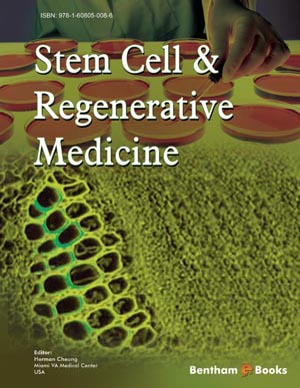Abstract
The human cornea is a site of tissue-specific adult progenitor cells, residing between cornea and conjunctiva in the Palisade of Vogt of the limbus region. Advances in molecular and cell culture techniques presently provide new platforms to investigate the intrinsic biological roles and properties of cornea epithelial progenitor cells (CEPCs), which is known to maintain corneal homeostasis throughout human life. Although specific molecular markers of CEPCs are still to be discovered, results of recent research provide new information to apply them for cell replacement in damaged tissues. Cultured CEPCs, with the aid of external support, have been used for ex vivo cornea therapy with satisfactory clinical outcome While the niche environment, i.e., the extracellular matrix, growth factors and cytokines, provide regulatory measures in the proliferation of CEPCs. The recent discovery of CEPC specific microRNAs opens a new direction of research on the biological properties of CEPC and stem cells of other resources. This should facilitate to address important questions regarding CEPC functions and therapeutic strategies in health and diseases.


















